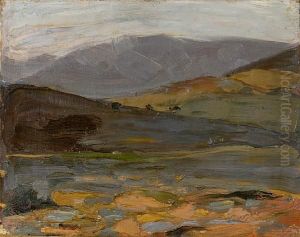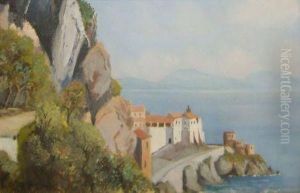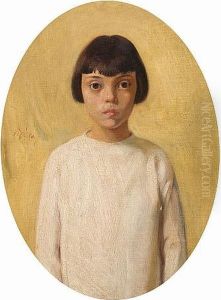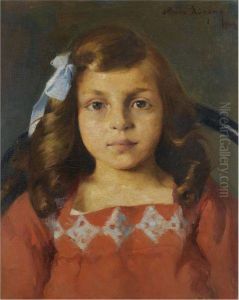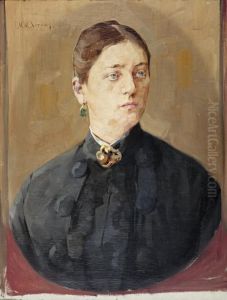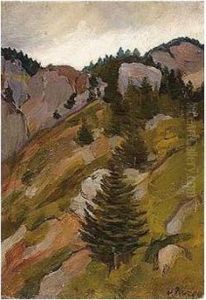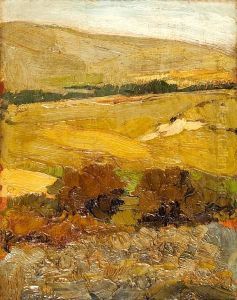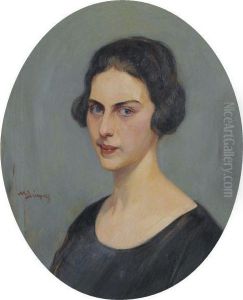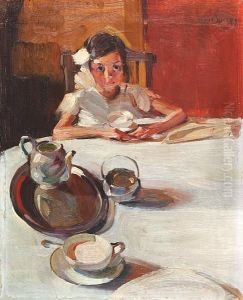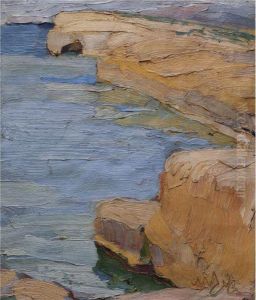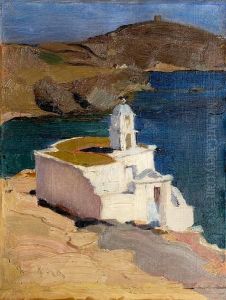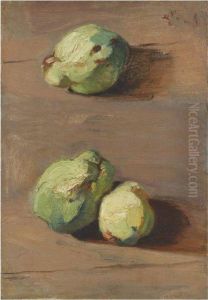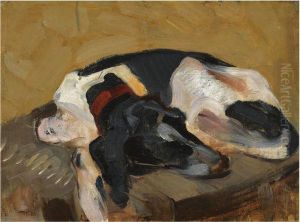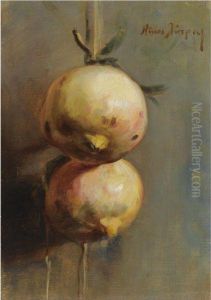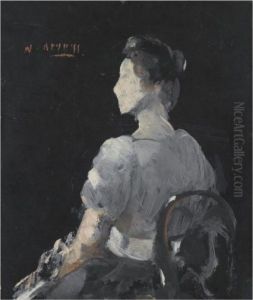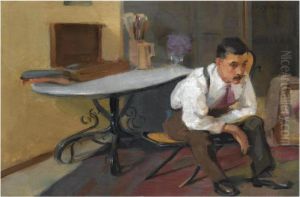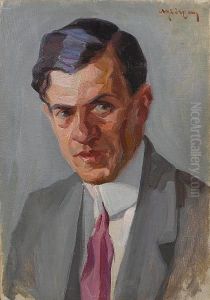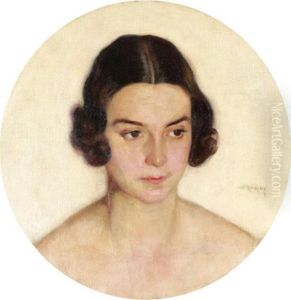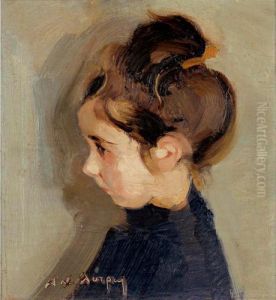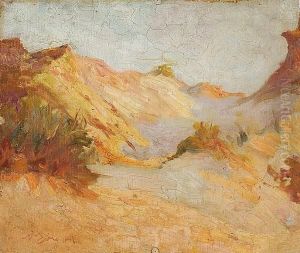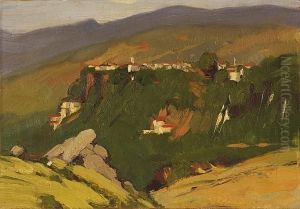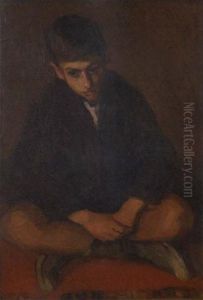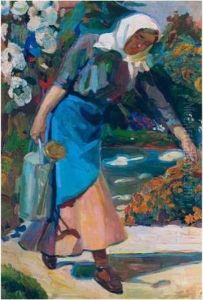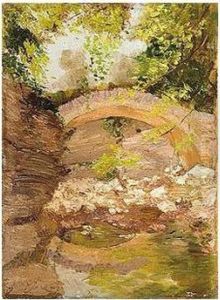Nicholaos Lytras Paintings
Nikolaos Lytras was a significant Greek painter who is renowned for his contributions to the artistic movements of his time. Born on May 2, 1832, in the small town of Tinos, which was known for its artistic traditions, Lytras was destined to become a part of the vibrant art scene of Greece. His father, Nikiforos Lytras, was also a well-regarded painter, and it was under his tutelage that Nikolaos began his artistic education.
From an early age, Lytras showed an aptitude for art, which led him to further his studies at the Athens School of Fine Arts. During his time there, he was influenced by the Munich School, a group of Greek artists who had studied in Munich and brought back to Greece the academic realism that was popular in Germany. This influence would be evident in much of Lytras' later work.
After completing his education in Athens, Lytras continued his studies in Munich, which was a center for art and culture in the 19th century. In Munich, he was exposed to the works of contemporary European artists, which further shaped his style and technique. Lytras' work typically featured historical, mythological, and religious themes, as well as genre scenes of everyday life in Greece.
Upon his return to Athens, Lytras became an influential figure in the art community. He took up a teaching position at the Athens School of Fine Arts, where he would go on to mentor future generations of Greek artists. His teaching and his art played a crucial role in the development of modern Greek painting.
Throughout his career, Lytras received numerous accolades for his work, including awards at international exhibitions. His paintings were characterized by their vivid realism, attention to detail, and the use of light and shadow to bring depth and life to his subjects.
Nikolaos Lytras' legacy continued through his son, Nikiforos Lytras, who also became a prominent painter. Nikolaos Lytras passed away on June 13, 1904, leaving behind a body of work that continues to be celebrated for its contribution to the art history of Greece.
